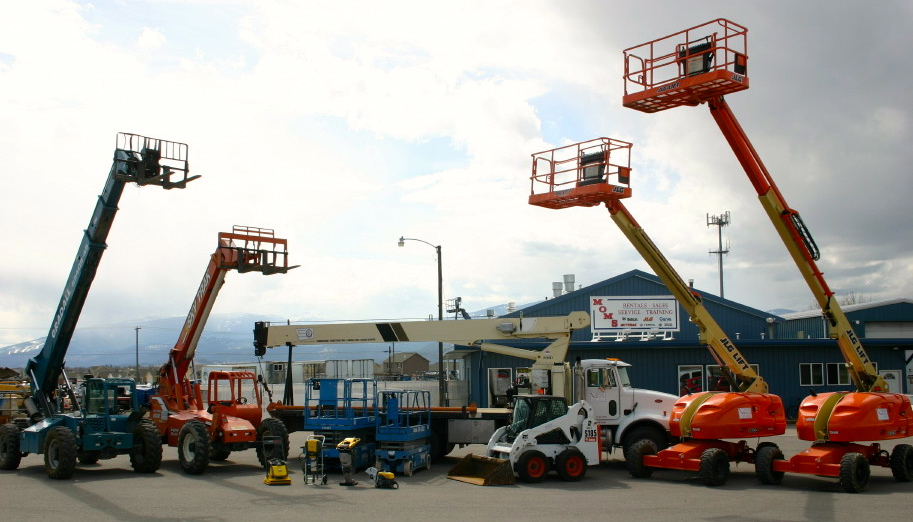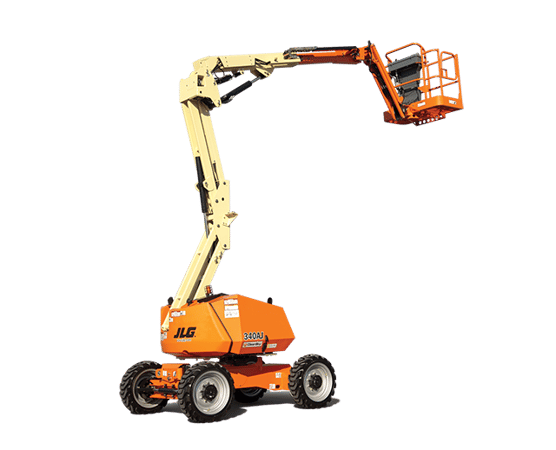Equipment Rental Company: Your Source for All Types of Machinery
Equipment Rental Company: Your Source for All Types of Machinery
Blog Article
Optimize Your Spending Plan by Understanding the Expenses Connected With Building And Construction Tools Leasings
Recognizing the full range of prices associated with building and construction equipment leasings is essential for optimizing your spending plan. What techniques can be utilized to properly manage these expenses and make certain a more effective rental experience?
Introduction of Rental Costs
When taking into consideration building and construction devices services, recognizing the connected costs is extremely important for reliable budgeting and job planning. Rental prices can differ considerably based upon a number of factors, consisting of devices kind, period of leasing, and location. The first rental fee often mirrors the tools's market need and its connected functional abilities, affecting the overall expenditure.
Along with the base rental price, ancillary expenses might occur, such as transport fees, gas surcharges, and maintenance costs. It is important to make up these extra expenses to precisely examine the total cost of leasing tools. The rental period can influence pricing; longer rentals might certify for affordable rates, while short-term leasings could sustain higher everyday costs.

Malfunction of Rental Prices
A comprehensive understanding of rental rates is necessary for contractors and project managers aiming to maximize their budgets. Rental rates for building and construction tools generally include a number of parts, including base rates, time-based costs, and use fees.
Base rates are the core costs associated with the rental of the devices, usually established by the kind and dimension of the equipment. These rates can differ significantly, affected by elements such as equipment need, schedule, and regional market trends. Time-based costs, which might be daily, weekly, or monthly, serve to suit various job timelines and rental durations.
In addition, rental rates may consist of usage fees, which apply when equipment is utilized past a specified limit, making sure that the rental business can account for damage. Seasonal demand fluctuations can also impact rental prices, with peak building periods commonly commanding greater costs.
Moreover, recognizing the rental business's policies relating to maintenance and insurance policy can supply further understanding into the total expense framework. By evaluating these parts, specialists can make informed decisions, ensuring the choice of rental tools aligns with both task requirements and budget plan restraints.
Extra Charges to Take Into Consideration
Understanding the complexities of extra charges is crucial for specialists to handle their total rental expenses successfully. Past the typical rental prices, various supplemental fees can dramatically influence the total price of equipment rental. These charges usually consist of distribution and pickup charges, which can differ based upon range and logistics associated with carrying the tools to and from the work site.
Moreover, some rental firms may enforce fuel surcharges if the equipment is returned with less gas than when rented. It is also necessary to recognize used track skid steer for sale near me potential cleaning fees, particularly for customized tools that needs detailed upkeep after usage.

Completely reviewing the rental agreement and making clear these extra fees ahead of time can assist professionals make sure and prevent unexpected costs that spending plans stay intact throughout the task lifecycle.
Upkeep and Repair Expenses
Regular repair and maintenance expenses are frequently neglected variables that can dramatically influence the overall cost of construction tools leasings. When renting equipment, it is critical to think about not only the rental fees but likewise the prospective costs connected with maintaining the machinery in ideal operating condition.
Lots of rental firms consist of standard maintenance as part of the rental contract; however, much more unexpected malfunctions or extensive repairs can result in additional costs. It's essential to evaluate the rental agreement meticulously to understand what maintenance services are covered and what obligations drop on the renter.
Additionally, devices that is not properly maintained can bring about inefficiencies at work website, possibly enhancing and triggering hold-ups task prices. To mitigate these risks, it is recommended to conduct normal examinations and keep open interaction with the rental company pertaining to any kind of concerns that arise throughout usage.
Insurance and Liability Costs
Insurance policy and responsibility prices are critical components that can considerably impact the overall expense of construction tools services (aerial lift rental). These prices make certain that both the rental firm and the client are safeguarded from potential financial losses emerging from crashes, damages, or theft during the rental duration

Furthermore, customers ought to know any deductibles or exemptions in the insurance plan, as check it out these can influence potential out-of-pocket costs. Understanding the conditions of any insurance protection is important to stay clear of unexpected expenses. Ultimately, budgeting for insurance and responsibility expenses can assist make sure a smoother rental experience and protect against economic risks connected with building and construction projects.
Final Thought
In verdict, an extensive understanding of the expenses connected with building and construction devices leasings is crucial for effective budget plan monitoring. Eventually, informed decision-making pertaining to tools leasings adds to the general success of building and construction endeavors.
Rental prices can differ considerably based on numerous elements, consisting of devices type, period of leasing, and location (heavy equipment rental). The rental duration can affect rates; longer services may certify for reduced rates, while temporary rentals could incur higher everyday charges
By performing complete research study and involving with reputable rental firms, professionals can effectively browse the complexities of rental pricing, ultimately optimizing their financial sources.
Beyond the typical rental rates, numerous supplemental costs can substantially impact the overall price of devices service. Rental business often supply liability insurance policy that covers injuries to third celebrations or damages to property, while devices damages insurance can cover the price of repair work or substitute if the rented devices is damaged.
Report this page